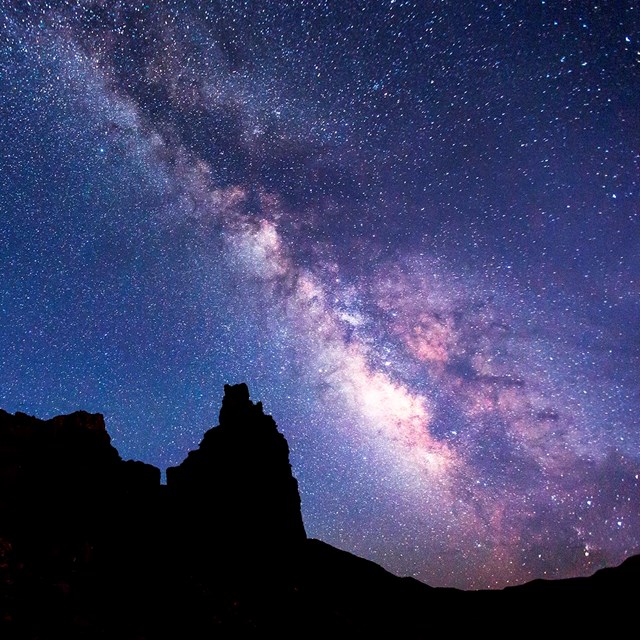|
What might seem like a barren landscape is actually teeming with life. Capitol Reef National Park’s Waterpocket Fold is a landscape of diverse features where life has adapted to survive. Learn more about the ecology of Capitol Reef. Check out a few fast facts. Discover Natural Wonders

NPS Ecology: the Study of LifeThink about what impacts your own life. Where do you live? Could you live there if the elevation was vastly different, or if the climate was significantly warmer or colder? How easy or hard is it to find sources of water, food, and shelter? Suitable habitat depends on many factors including climate, elevation, soil, slope, and aspect (north- or south-facing). Life in the DesertImagine you arrived in the hot flats of Halls Creek with nothing but the clothes you have on now. How long would you last? What would you do to survive the heat? 
NPS/Ann Huston Life-giving WaterIntermittent streams in refreshing, narrow canyons provide moisture for a multitude of species. Shade from a box elder tree keeps canyon wren nestlings cool in the summer heat. Red-spotted toads catch insects clustering around a puddle that has not evaporated because of the tree’s shade. Life on the EdgeHave you ever wondered what it would be like to live during the end of the Pleistocene Epoch (around 11,700 years ago), when early humans were hunting now-extinct megafauna? Remnants of the Ice Age still exist in the highest elevations of Capitol Reef. Bristlecone pines were more common during that glacial time period, but now exist only on exposed, rocky ridges and slopes at higher elevations. They grow extremely slowly; the oldest of these are up to 5,000 years old. Small changes in the climate could have a critical impact on the bristlecone pine’s tenuous existence. Protect the FutureThe plant and animal species in Capitol Reef have evolved over thousands of years to fit the many habitats encompassed by the Waterpocket Fold, from the desert to the riparian zones, to the highest slopes, and everywhere in between. |
Last updated: April 9, 2020









